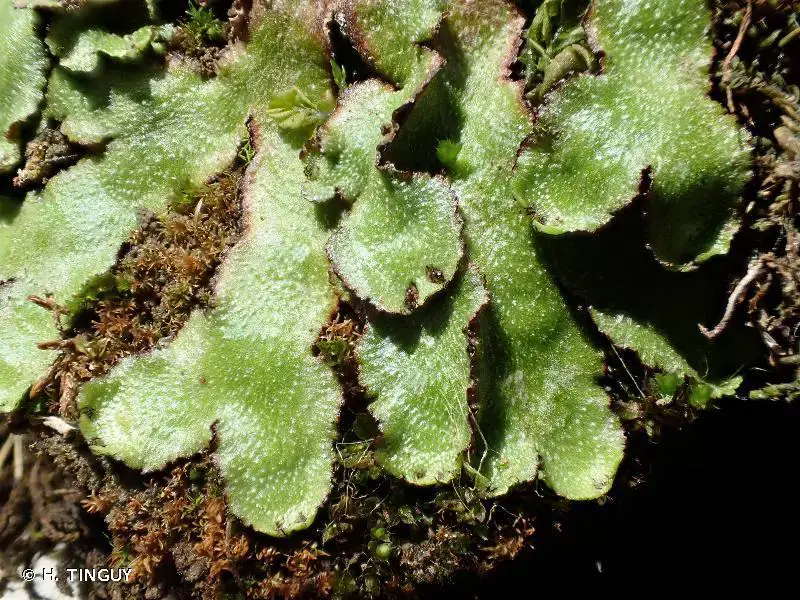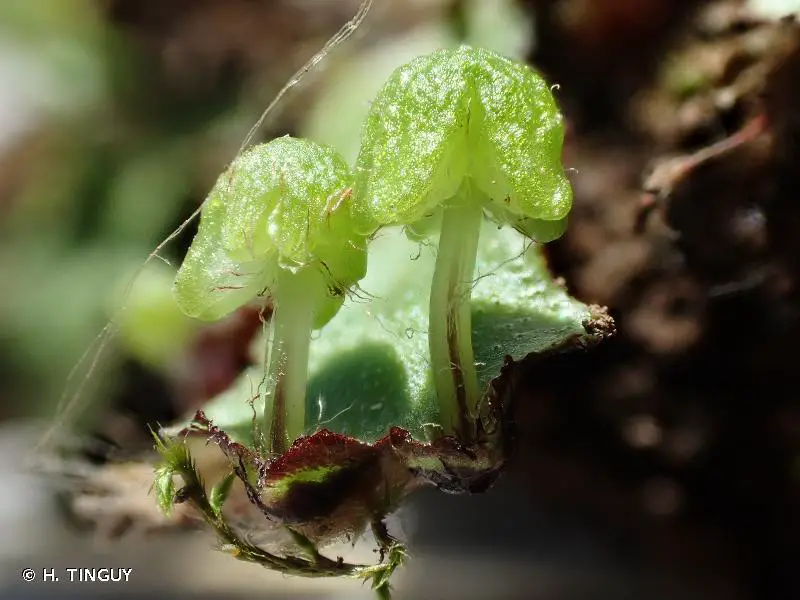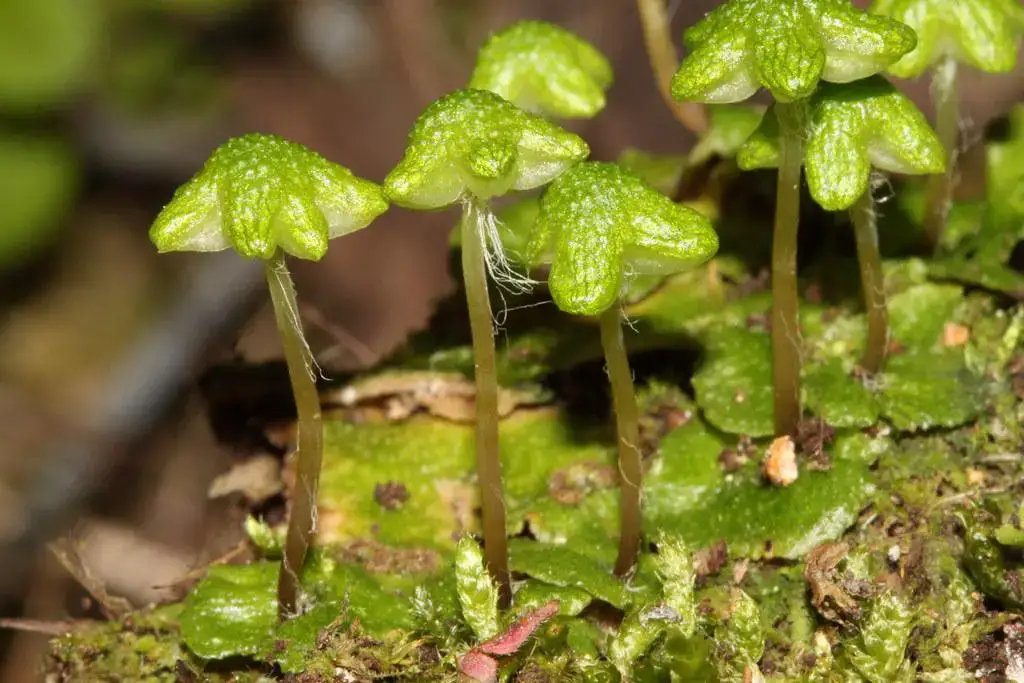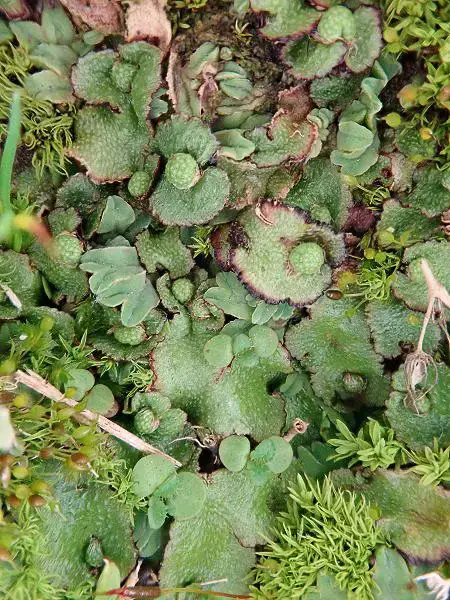
reboulia-hemisphaerica-t00376-149.jpg from: https://azoresbioportal.uac.pt/pt/especies-dos-acores/reboulia-hemisphaerica-11952/
Introduction
The world of mosses is a fascinating one, filled with tiny, unassuming plants that often go unnoticed by the casual observer. Among these diminutive wonders is the Reboulia hemisphaerica (L.) Raddi, a member of the Aytoniaceae family, commonly known as Reboulia. This moss may be small, but it packs a punch in terms of its unique characteristics and ecological significance.
Background
Before we delve into the intricacies of Reboulia hemisphaerica, it’s essential to understand what mosses are. Mosses belong to the Marchantiophyta or Marchantiopsida division, which encompasses a diverse group of non-vascular plants. Unlike their more complex counterparts, mosses lack true roots, stems, and leaves. Instead, they consist of a simple, undifferentiated structure called a gametophyte.
Main Content
Morphology and Identification
Reboulia hemisphaerica is a thallose liverwort, meaning it grows in a flat, ribbon-like form. Its gametophytes are typically green to yellowish-green in color and can reach up to 5 centimeters in length. One of the most distinctive features of this moss is its umbrella-shaped sporophytes, which give it a unique and easily recognizable appearance.
Global Distribution and Habitat
This moss is widely distributed across the globe, found on every continent except Antarctica. It thrives in a variety of habitats, including damp soil,

f7d34333ed36b88c2d6de46d63217864.jpg from: https://www.asturnatura.com/especie/reboulia-hemisphaerica.html
rock crevices, and

210163.jpg from: https://inpn.mnhn.fr/espece/cd_nom/6153?lg=en
shaded areas in forests and gardens. Reboulia hemisphaerica is particularly well-adapted to survive in dry conditions, thanks to its ability to undergo desiccation and revive when moisture becomes available.
Ecological Roles and Adaptations

210161.jpg from: https://inpn.mnhn.fr/espece/cd_nom/6153/tab/statut
Despite its small size, Reboulia hemisphaerica

210162.jpg from: https://inpn.mnhn.fr/espece/cd_nom/6153/tab/fiche
plays a crucial role in its ecosystem. It serves as a pioneer species, colonizing bare or disturbed areas and helping to stabilize the soil. Additionally, this moss provides a microhabitat for various invertebrates, such as mites and springtails, contributing to the overall biodiversity of its environment.

51602799191_5435d20ba0_b.jpg from: https://www.flickr.com/photos/83637132@N02/51602799191/
One of the remarkable adaptations of Reboulia hemisphaerica is its ability to reproduce both sexually and asexually. It can produce spores through its distinctive sporophytes, but it can also propagate vegetatively through the fragmentation of its gametophytes.
Case Studies/Examples
In a study conducted in the United Kingdom, researchers found that Reboulia hemisphaerica played a crucial role in the recovery of vegetation after a wildfire. Its ability to colonize burnt areas and stabilize the soil paved the way for the establishment of other plant species, demonstrating its importance in ecosystem restoration.
Technical Table

2020-01-Reboulia-hemisphaerica.jpg from: https://www.britishbryologicalsociety.org.uk/bryophyte-of-the-month/reboulia-hemisphaerica-l-raddi/

49852918938_b27c4b9a7f_b.jpg from: https://www.flickr.com/photos/69055300@N05/49852918938/

2021-04-20-08-13-37-1536×1152.jpg from: https://www.britishbryologicalsociety.org.uk/bryophyte-of-the-month/reboulia-hemisphaerica/

Reboulia_hemisphaerica_7.JPG from: https://cisfbr.org.uk/Bryo/Cornish_Bryophytes_Reboulia_hemisphaerica.html
| Characteristic | Description |
|---|---|
| Division | Marchantiophyta or Marchantiopsida |
| Family | Aytoniaceae |
| Common Name | Reboulia |
| Scientific Name | Reboulia hemisphaerica (L.) Raddi |
| Growth Form | Thallose liverwort |
| Color | Green to yellowish-green |
| Length | Up to 5 centimeters |
| Sporophytes | Umbrella-shaped |
| Habitat | Damp soil, rock crevices, shaded areas |
| Distribution | Widespread globally, except Antarctica |
| Ecological Role | Pioneer species, soil stabilization, microhabitat |
| Reproduction | Sexual (spores) and asexual (fragmentation) |
Conclusion
Reboulia hemisphaerica may be small, but its impact on the natural world is anything but insignificant. This unassuming moss plays vital roles in ecosystem recovery, soil stabilization, and biodiversity maintenance. As we continue to explore and appreciate the wonders of the plant kingdom, let us not overlook the humble mosses that often go unnoticed. Who knows what other fascinating secrets they hold, waiting to be discovered?
Ponder this: If a moss as tiny as Reboulia hemisphaerica can have such a profound impact, what other marvels might be hidden in the microscopic realms of nature?